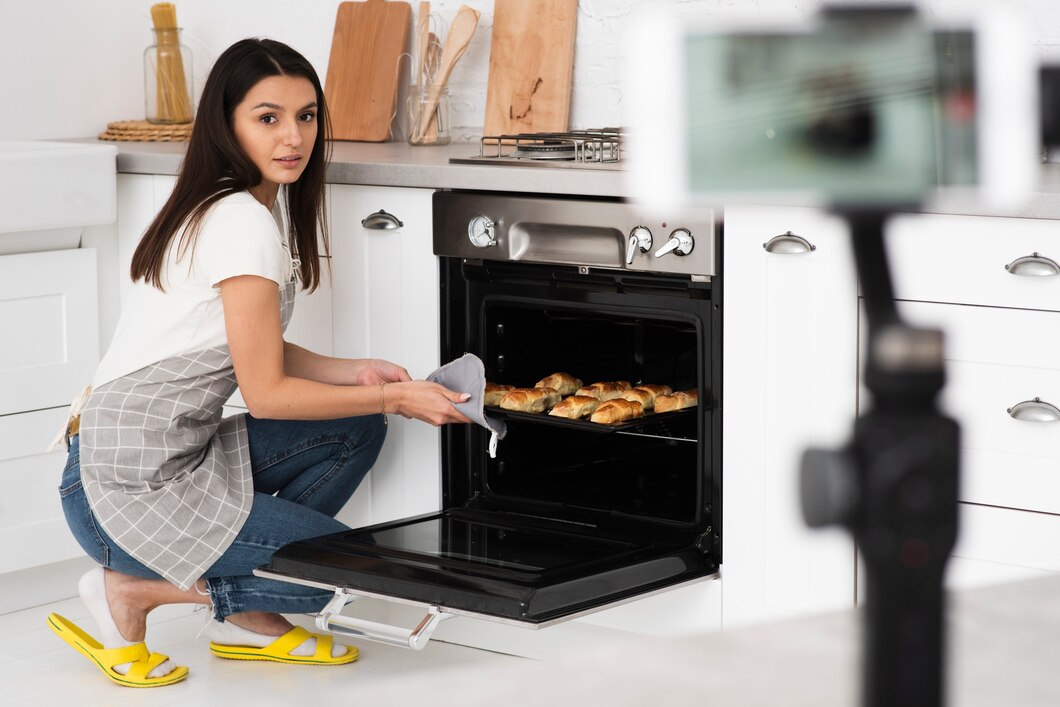During extreme heat, many households keep their fans running all day. Some also use air conditioners (ACs). Refrigerators are now common in almost every home. As a result, at the end of the month, many people are shocked by their electricity bills. How did the bill get so high?
To reduce electricity costs, some people turn off lights and fans. However, some household appliances consume more electricity than lights and fans. Let's explore five such devices and learn how to reduce their power consumption.
Air Conditioner
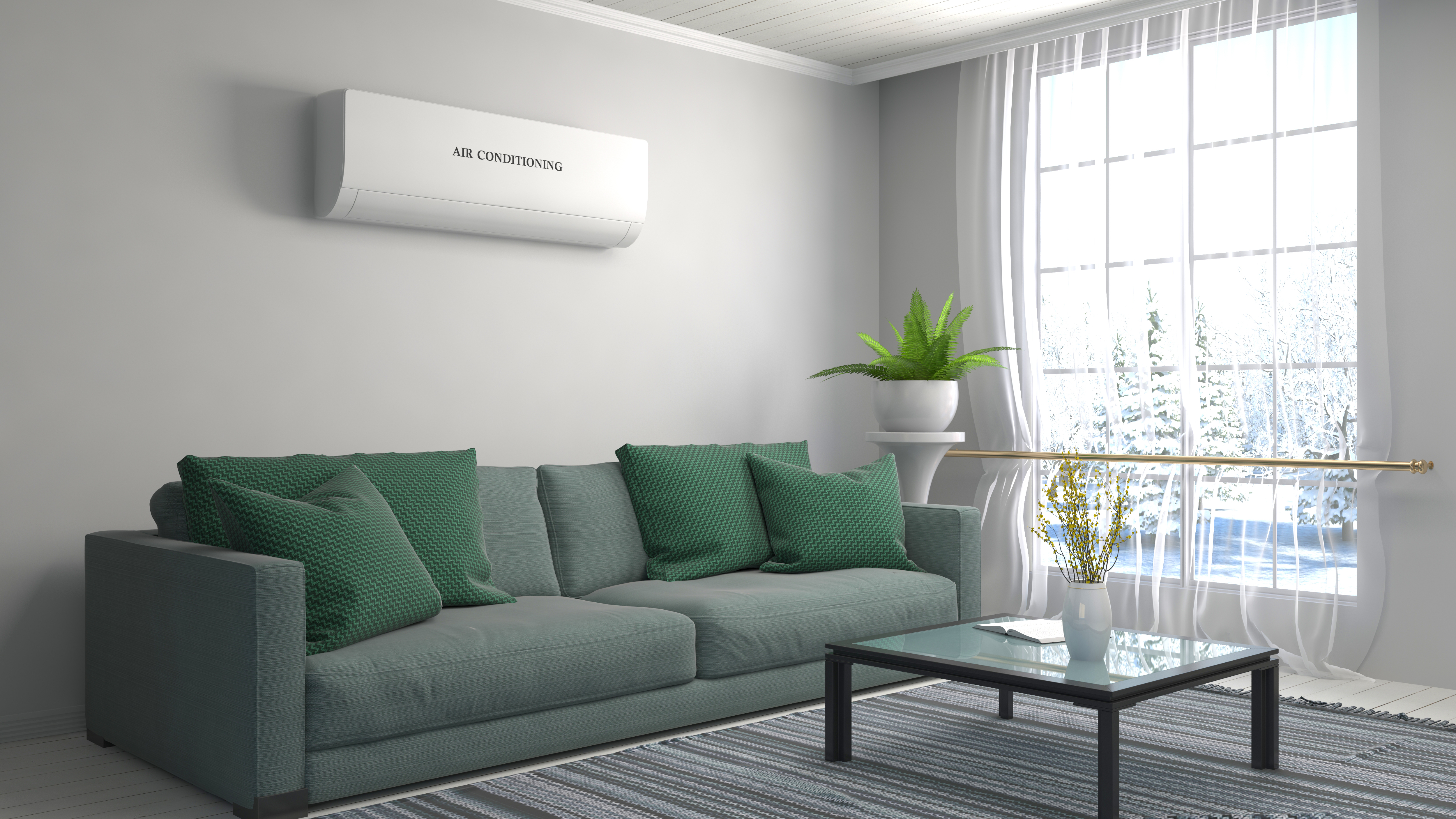
Among all household appliances, air conditioners consume the most electricity because they need to run for extended periods. Moreover, ACs require a significant amount of power. However, following some strategies can help lower electricity usage even while using an AC.
How to Reduce Costs:
- Opt for energy-efficient ACs: Inverter ACs consume less electricity, so consider purchasing one.
- Regular maintenance: Have a professional check the AC’s fluid levels, coolant charge, and overall condition annually.
- Ensure proper insulation: The room should be sealed properly to prevent hot air from entering, as cooling external air requires more power.
- Reduce unnecessary items in the room: Large items like refrigerators or steel wardrobes absorb cool air and make the AC work harder.
- Use a fan with the AC: Running a fan initially helps distribute cool air faster, allowing you to turn the AC off sooner.
Water Heater
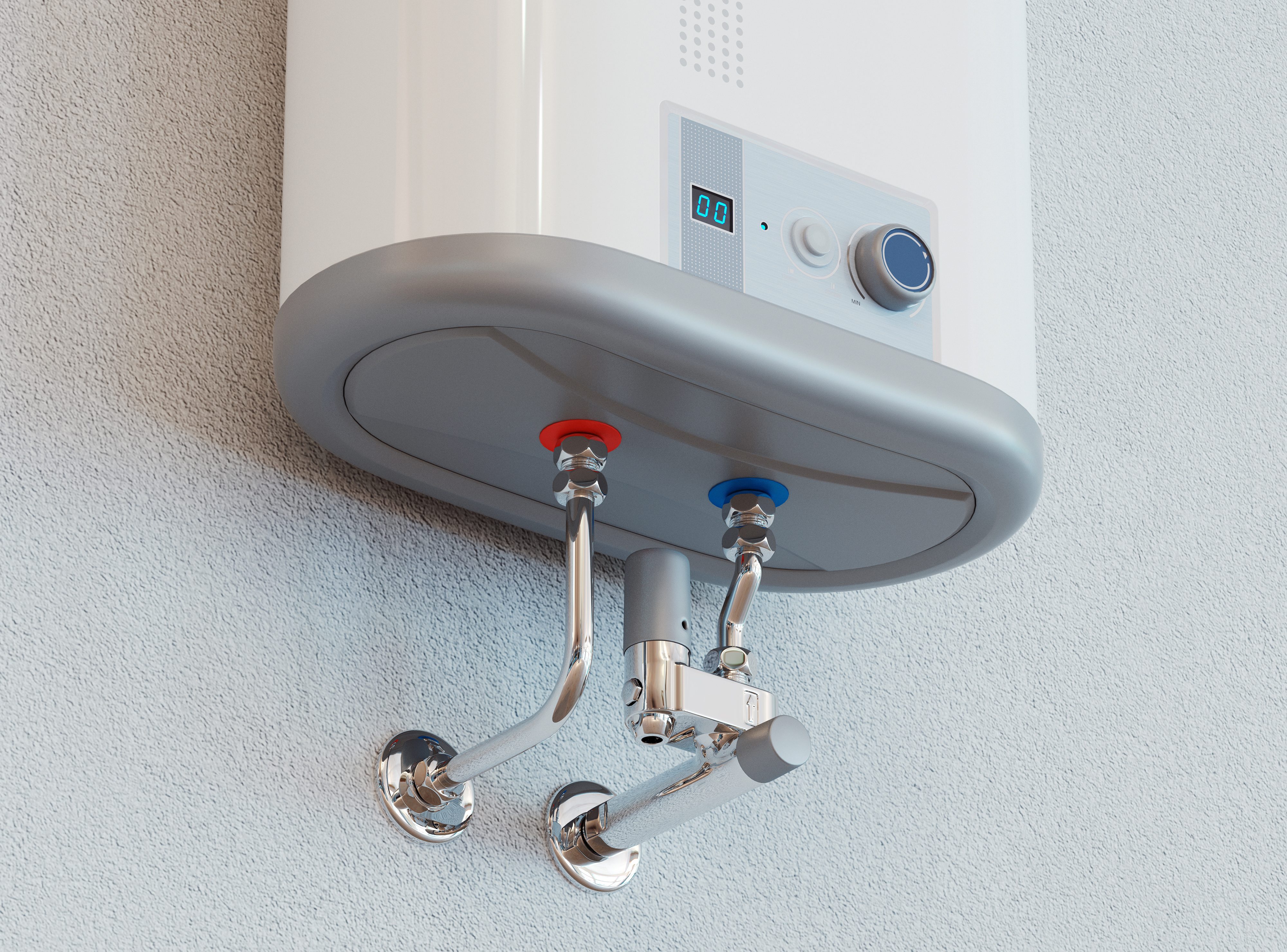
Water heaters consume nearly as much electricity as ACs, as they maintain a tank of hot water even when not in use.
How to Reduce Costs:
- Lower the thermostat: Keeping the temperature at 48–50°C can reduce electricity consumption.
- Control water pressure: Using a showerhead that releases less water helps save power.
- Choose a high-quality heater: Cheaper models take longer to heat water and lose heat quickly.
- Fix leaks: Even minor leaks can increase monthly electricity costs by Tk 100 to 200
Washing Machine
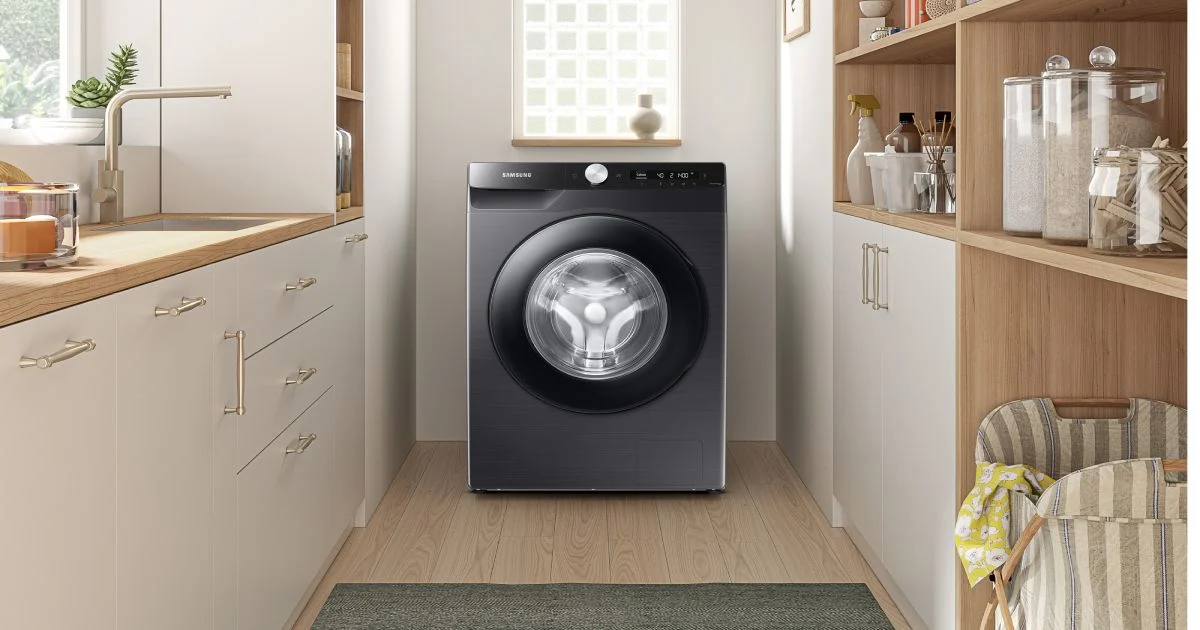
Washing machines have become essential in most homes. However, they consume a lot of power for both washing and drying clothes.
How to Reduce Costs:
- Wash full loads: Running the machine multiple times with fewer clothes wastes electricity and water.
- Use cold water: Washing with hot water increases electricity consumption since the machine needs to heat the water.
- Air-dry clothes: Drying clothes in sunlight instead of using a machine dryer helps save power.
- Choose an energy-efficient model: High-efficiency washing machines use less water and power.
- Regular cleaning: Clean the machine’s filter and drum to maintain efficiency and avoid extra power consumption.
Refrigerator
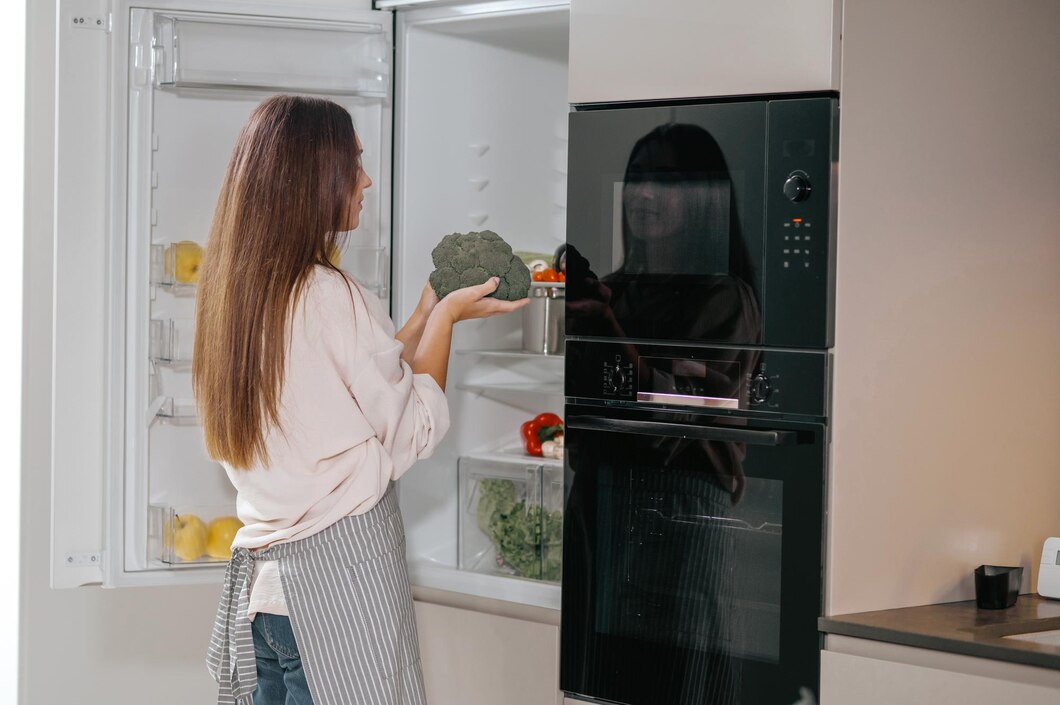
Refrigerators run 24/7, making them one of the biggest contributors to high electricity bills.
How to Reduce Costs:
- Buy an energy-efficient model: Modern refrigerators consume less power.
- Defrost regularly: Ice buildup reduces efficiency and increases power usage.
- Minimize door openings: Keep food items organized for easy access.
- Adjust temperature settings: Set the fridge to 3–5°C and the freezer to -18°C for optimal performance.
- Avoid overloading: A packed fridge takes longer to cool items, increasing energy usage.
Electric Oven
Electric ovens consume significantly more power than lights or fans, even when used for a short time.
How to Reduce Costs:
- Use a gas stove when possible: This helps minimize electricity usage.
- Heat multiple items at once: Avoid heating one dish at a time.
- Leverage residual heat: Turn off the oven slightly before your food is ready to use the remaining heat.
- Set the right temperature: Overheating does not speed up cooking but increases electricity use.
- Consider an inverter oven: Modern inverter ovens use less electricity.
By following these tips, you can effectively lower your electricity bill while continuing to use essential household appliances.


